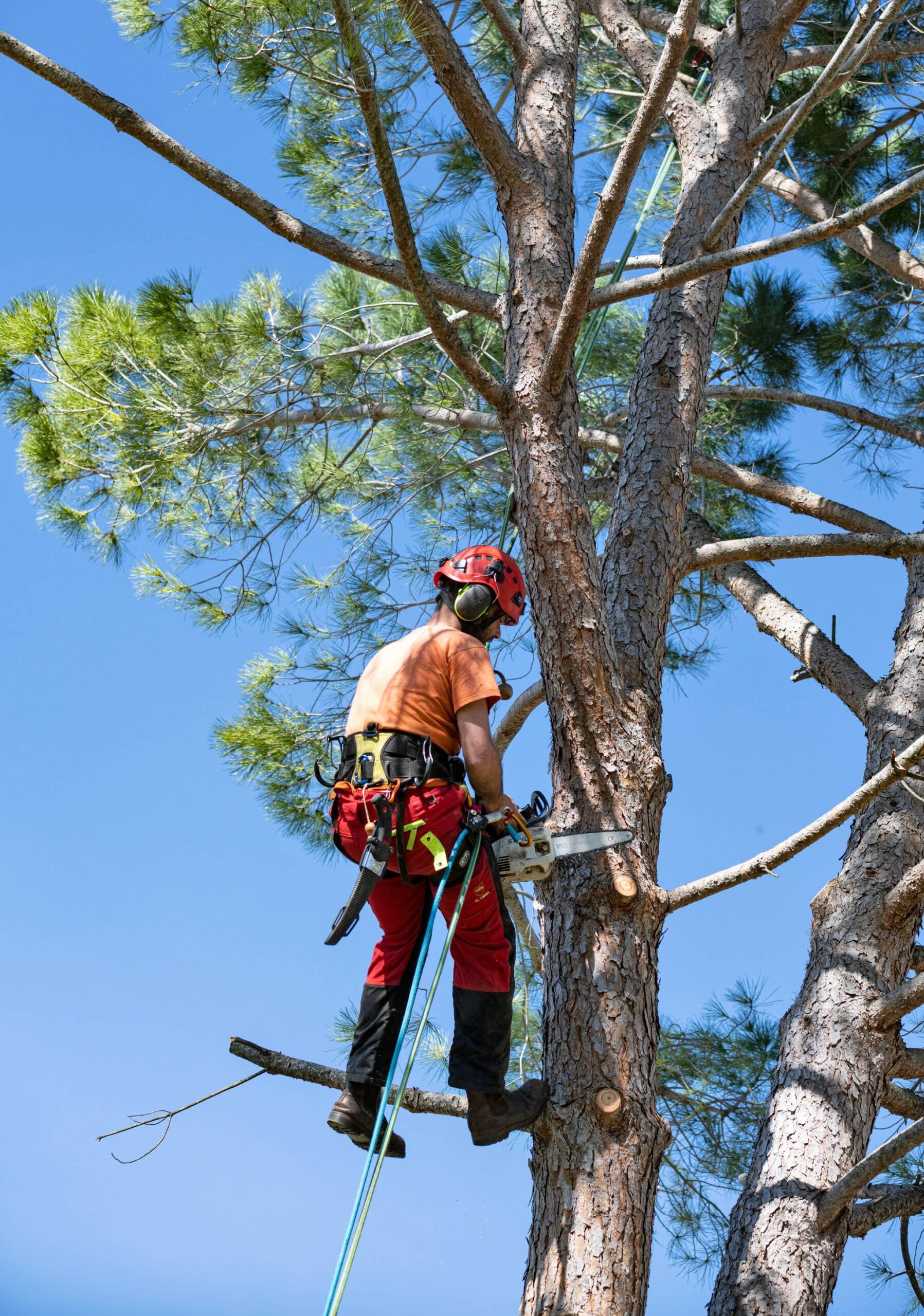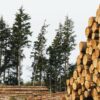Monthly Report - February 2025
Log prices during January and February have remained stable across both export and domestic segments which has been good for all involved across the forestry supply Chain.
As reported last month, there are signs of weakness in both China and India with supply to both destinations well exceeding demand. Consumption levels are expected pick up in both
with the expectation being some current downward price pressure risk will be averted if it does.
Uncertainty prevails across all international spheres of business I am hearing about. with all eyes watching the Trump mania and just how this will all play out. The illustrious Donald might have been best to study Newtons Laws of Motion. In simple terms, had he done so he would know for every action (force) there is always an opposite an equal reaction (force).”
Thus, as I mentioned last month, trade is demand and supply. Whatever force may be exerted on one, the equal and opposite reaction will be continuance done differently. Erstwhile of course it will be US consumers who will pay to ensure the forces are equalised
China remains flat as all this plays out and the resulting nervousness about exports to the US dominates. Daily consumption is weak at around 10,000 m3 as at mid-February which in part reflects workers quietly returning from their homelands after CNY.
Usage will need to climb quickly through 50,000 m3 per day and inventory will need to stay below 4mil m3 to retain any level of confidence. Inventory is currently sitting at 3.9million. On a brighter side, deliveries from NZ were below expectation in first half of February at 17 and that is helping retain some levels of confidence.
For the moment, the market indicator A grade is sitting at CFRUS$118 per cubic metre and no one is suggesting movement either way until the usage v supply number starts to reveal its true colours.
In India, A grade has fallen from CFRUS$145 to $125 per m3 over the last 4 months although most commentary is suggesting buyers are not lining up to issue LC’s even at the new levels. Some bonded cargos are being offered at US$115 with some of the stock now very old and the market attempting to use that as leverage. Daily usage numbers are weak but all expect this to increase in the next few weeks.
Some India sawmill owners use bonded cargos as a mechanism to defer duty and GST payments so some of the 103,000 m3 currently sitting in bond is not distressed cargo. Quite working out which is which would be more difficult than trying to work out what is going on inside the US Presidents head.
NZ’s log trade to India is somewhat impacted by a long-standing tariff applied to NZ logs, effectively eroding US$7 per m3 off the value. This is giving Australia the leading edge on supply, despite the fact Australia logs are much smaller and of poorer quality.
For India right now, price is more important than quality, but this only highlights the need for NZ Trade Minister Todd McClay to get in there, do some chest beating, and get the tariff removed.
In broad summary, there were 36 shipments of logs to China in January when the demand was for 6, and there were 7 shipments to India when the demand was for about 4. Both of course are very much skewed by the market being on holiday in the latter part of January.
Of the next three months the current indicators are for stable pricing in the market as long as usage does pick up. Shipping costs are showing a definite tick up but some commentary suggests weakness in world trade until the current tariff battles are sorted, so I predict the current run will be short lived.
A quick ring around some domestic customers suggests a small but important lift in sales enquiries in January with some apparent small increase in new house starts. Cautionary tones continue to dominate with some mills still building stock in some grades.
Domestic sawmill lumber exports have also been benefiting from a lower NZ dollar exchange rate albeit prices in the market are also very weak.
As always, please remember the thoroughly important message, “despite the challenges, it remains, as always, fundamentally important, the only way forward for climate, country and the planet, is to get out there and plant more trees!
Allan Laurie.
Laurie Forestry.












